Hoy es jueves cinematográfico (1978)
Género : Familia
Tiempo de ejecución : 4M
Director : Ignacio Agüero
Sinopsis
It's Thursday, the day to go to the movies in Chile. Families see in the newspapers and advertisements the films that will be shown. Everything is prepared. A man attends a function and sitting in the audience, he gets excited when he sees his favorite images and actors on the big screen. The movie ends and the screen turns off. It is time to return to reality.
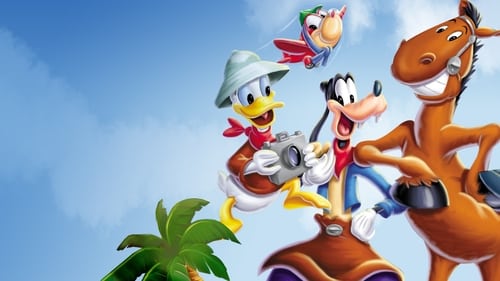
En esta mezcla de acción real y animación, la acción se traslada a Sudamérica. Desde los Andes hasta Río de Janeiro, pasando por las pampas de Argentina, el pato Donald y Goofy corren divertidas aventuras .

Josie, Melody y Val son tres chicas músicas de un pequeño pueblo decididas a sacar a su banda de rock del garaje y llevarlas directamente a la cima, sin dejar de ser fieles a su apariencia, estilo y sonido. Consiguen un contrato discográfico que trae fama y fortuna, pero pronto se dan cuenta de que son peones de dos personas que quieren controlar a la juventud de Estados Unidos. Deben limpiar sus nombres, aunque eso signifique perder fama y fortuna.
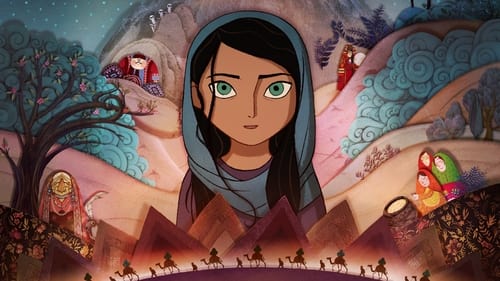
Parvana es una chica de once años que vive en la capital de Afganistán, Kabul, durante el periodo de dominio de los talibanes. Al ser su padre detenido, los miembros de la familia se quedan sin recursos y, debido a que las mujeres tienen prohibido ganar dinero, deciden transformar a Parvana en un chico para poder trabajar.
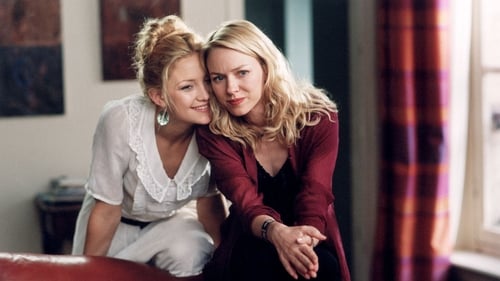
Isabel Walker viaja a París para ayudar a su hermanastra Roxeanna, embarazada y abandonada por su marido, a afrontar el divorcio. Sin embargo, Isabel se enamora de un diplomático francés que resulta ser el tío del marido de Roxeanna. Esto provoca un escándalo y complica aún más las relaciones entre ambas familias. (FILMAFFINITY)
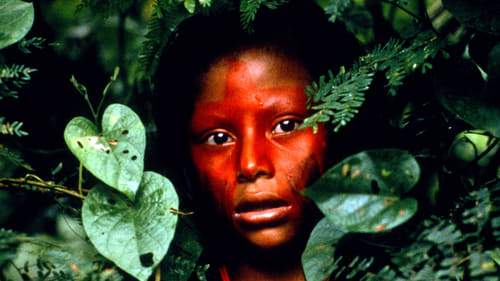
Aclamado documental sobre la naturaleza del planeta Tierra. Rodada en 24 países diferentes, trata de captar la esencia de la naturaleza y la cultura de la humanidad y sus costumbres, al tiempo que señala las formas en las que el ser humano se relaciona con su medio ambiente. La aparente fragilidad de la vida humana es contrastada con la grandeza de sus obras, subrayándose la desigual relación entre hombre y naturaleza. Baraka no tiene argumento lineal, ni personajes ni diálogos, pero, en medio de estos enormes contrastes, la espiritualidad de la humanidad surge como el elemento más importante que la distingue de otras especies. Un mundo más allá de las palabras.

Entirely shot on a mobile phone, the film evolved from chance encounters in the streets of London: Sandrine, an attractive young woman on a mission to find a husband, Steve, a seasoned beggar, struggling with addiction and and Steve's girlfriend Precious, a poet. Blurring the confines between fact and fiction. the film raises questions about the relationship between filmed and filmmaker. The closer he gets to his subjects, the more the obstruction of his camera seems to distance him from them. Ultimately People... reveals a personal and humane space that only came into existence precisely because it had been filmed.

An elegant meditation on time, travel, and ceremony in the form of a journey. In her first foray into digital video, Minh-ha deconstructs the role of ritual in mediating between the past and the present. She explains, "Shown in their widespread functions and manifestations, including more evident loci such as festivals, religious rite and theatrical performance, 'rituals' involve not only the regularity in the structure of everyday life, but also the dynamic agents in the world of meaning." With its lush imagery, Minh-ha's Japan is viewed through mobile frames, with doors and windows sliding shut, revealing new vistas as it blocks out the old light.
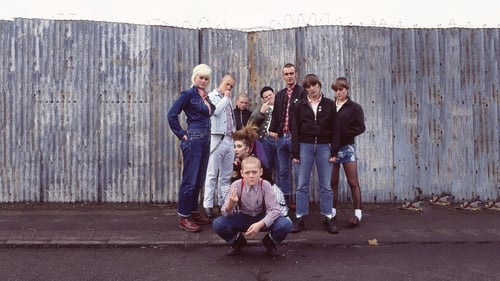
Durante las vacaciones de verano de 1983, Shaun, un niño solitario cuyo padre ha muerto en la guerra de Las Malvinas, es adoptado por un grupo de cabezas rapadas (skinheads). Con sus nuevos amigos, Shaun descubre las fiestas, su primer amor y las botas Dr. Martins. Uno de sus amigos es Combo, un skin racista que acaba de salir de la cárcel.
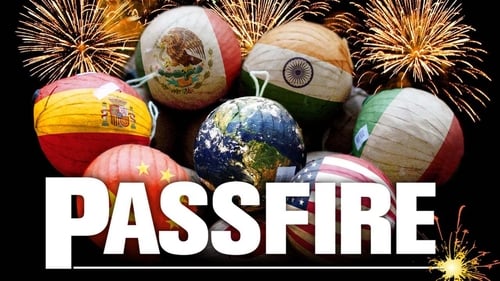
A film about fireworks, the people who make them and the cultures behind them across the globe.

Compuesta de imágenes y de testimonios, la película del fotógrafo y cineasta Yann Arthus-Bertrand retrata la humanidad de hoy en día. Rodada en 60 paises durante más de 2 años, las 2.000 personas entrevistadas entregan testimonios auténticos y profundos, abarcando temas universales como la lucha contra la pobreza, la guerra, la homofobia pero también el amor, la familia y el futuro de nuestro planeta. Una combinación de testimonios y planos aéreos hacen de Human un documental único. Esta experiencia es una introspección sobre el ser humano como individuo y como ser perteneciente a una comunidad. A través de las guerras, las desigualdades y las discriminaciones, Human nos confronta con la realidad y la diversidad de la condición humana. Más allá del lado oscuro, los testimonios muestran también la empatía y la solidaridad de las que somos capaces.
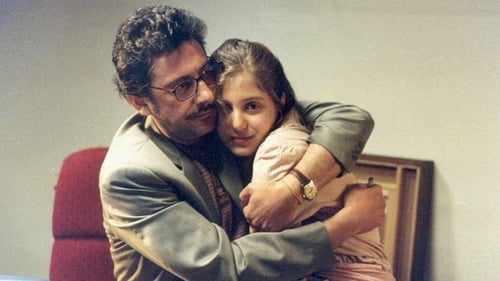
When her social-climbing father is relocated from small-town North to his native Rome, 12-year-old Caterina enrolls to his old school, finding herself in an completely different environment where students rigidly divide themselves in subcultures based on social class and their parents' political affiliation.

Whether political, sociological or social questions. In one's own life and that of others. Living, eating, loving. In art and philosophy. Everywhere man asks the question of "naturalness". How do I behave naturally? Do I have to behave naturally? What is natural? What is nature? This question occupies the most diverse people, have the most varied traits and characteristics. Man and woman as natural order or structures created by man? Meat consumption as natural predator behavior or factory farming? Nature-related living and urban planning? The topic covers all questions of human life. In this short film, this question should be discussed abstractly. Not by specific subject-relatedness, but by the juxtaposition of subjective ideas about the abstract nature of nature from the perspective of a Western white man.

Scripted by four of Australia’s greatest authors (David Williamson, Thomas Keneally, Hal Porter and Craig McGregor), this quartet of carnal desires explores adultery and jealous fantasies, the end of innocence, the moral and spiritual conflicts of a priest and a nun in love. The stories define the exploration of women and the cultural upheaval of the early 70s.

Follows the waves of literary, political, and cultural history as charted by the The New York Review of Books, America’s leading journal of ideas for over 50 years. Provocative, idiosyncratic and incendiary, the film weaves rarely seen archival material, contributor interviews, excerpts from writings by such icons as James Baldwin, Gore Vidal, and Joan Didion along with original verité footage filmed in the Review’s West Village offices.

Emily Edith, una dura y cínica agente de policía, se infiltra en una cerrada y estricta comunidad judía de Nueva York para intentar descubrir al autor de un brutal asesinato. A pesar de las reticencias iniciales, la joven logra integrarse poco a poco en el grupo y, además, acaba enamorándose del hijo de un rabino...

The Richardson Olmsted Campus, a former psychiatric center and National Historic Landmark, is seeing new life as it undergoes restoration and adaptation to a modern use.
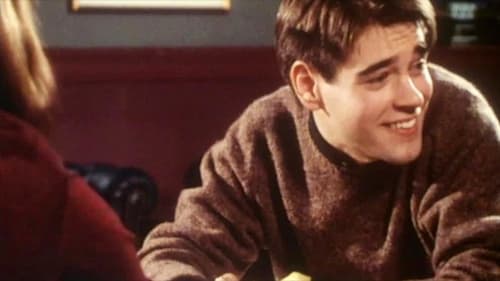
Winston arrives at NYU as a freshman, knowing he's gay and wondering where that fact will lead him. He falls hard for Tom, his temporary roommate who's soon to leave for L.A., and it's a big risk to express these feelings. Meanwhile, temptations and opportunities abound in the Village: sex in public toilets, uninhibited people at parties, and knowing Act-uppers. Plus, there are misinterpreted signals, like the ones Winston gets from a Moonie. With help from his hometown friend Anne, Winston keeps his equilibrium and finds the perfect place to meet someone: the Judy Garland rack at Tower Records.

Basada en el popular comic del mismo nombre, la película de Ethan Green es una comedia romántica que nos narra la historia de un adorable asistente profesional de 26 años que siempre busca el amor en los lugares equivocados.

Out of State is the unlikely story of native Hawaiians men discovering their native culture as prisoners in the desert of Arizona, 3,000 miles, and across the ocean, from their island home.

El 50% de la población mundial vive en zonas urbanas y se calcula que en 2050 lo hará el 80%. La vida en una megaciudad puede ser atractiva pero también problemática. El urbanismo ha de encontrar soluciones a la escasez de petróleo, el cambio climático, el aislamiento social y los problemas de salud derivados de la vida en las ciudades. El arquitecto danés Jan Gehl plantea una aproximación humanista del urbanismo, defendiendo a ultranza ganar espacio público para ciclistas y peatones. Sus teorías se exponen en este documental, que cuenta, además, con las principales voces expertas de grandes ciudades como Nueva York, Pekín o Tokio, y con testimonios que dan fe de los resultados en ciudades pioneras como Copenhague.

Francisca and Sofía, an open couple, meet Anaís, a young Turkish woman, with whom they establish a beautiful friendship that makes them question their own relationship.

Photographic and sound story, through the encounter of characters with their stories of a time without end.

GLEISDREIECK is a story about love, its different forms and the lies that are told in its name. In an austere audiovisual style, where the story unfolds supported by the performance of its three characters. Two very different departments located in opposite parts of Berlin, which Hedda visits to Petra and Zazie.

In the rainy season, after several days of downpours and gusty winds, calm finally arrives. The animals leave their burrows to dry out and mushroom collection begins. Some are cut for consumption while others remain attached to the surfaces.

Lucía and Valeria take out three Tarot cards that reveal the first two dishes of a menu that takes them from Embún, Spain to Llanquihue, Chile; the towns of their grandmothers. Among improvised still lifes, maps and video calls, the friends try to discover the meaning of the third card through a ritual that connects both continents.

Crime is rampant in Santiago's upper neighborhoods, or so the wealthy neighbors of Las Condes and Lo Barnechea think. The municipalities of these neighborhoods feed the paranoia of their inhabitants by installing television surveillance balloons in order to fight crime in their neighborhoods. These state-of-the-art devices can record 24/7, observing everything that happens in the communes and ignoring any type of privacy.

En 1992 se realizó en España la Exposición Universal de Sevilla. Chile participó en esta exposición exhibiendo en su pabellón un témpano de hielo capturado y traido especialmente por mar desde la Antártica. En estos hechos verídicos está basada la fantasía narrada en Sueños de Hielo. Rodada entre noviembre de 1991 y mayo de 1992 a bordo de los buques Galvarino, Aconcagua y Maullín, en una travesía que va desde la Antártica hasta España, Sueños de Hielo es un film documental en el que los sueños, los mitos y los hechos confluyen hacia un relato poético convertido en saga marinera, a la manera de las leyendas de los hombres de mar que pueblan la mitología del continente americano y la literatura universal.

In mid November, the dead ones appeared floating on the Strait of Magellan tied together to life vests, cellular phones, computers and passports. Two of them were found malnourished, another with scurvy and typhus and Yin Xinji’s body was never found. In June, Carmen’s cousin told her that on the lighthouse close to his ranch, a starving Asian man, hid there for three days before disappearing. Apparently, he headed towards La Pampa.

NINO (10) is not feeling well. The fever rises as his senses are enhanced, and his eyes become dry. The thermometer takes five minutes to give its verdict, but they seem endless. Suddenly, as if swallowed by the sheets, Nino is lost. He must now face wars and volcanoes to return to his mother’s arms. It’s just a little fever…

Here we find a common case of over thinking the situation.

Giannina and David are two brothers entangled in an ambivalent love relationship. They secretly enter to houses that their owners have left empty for the summer holidays, to occupy them and live there, for a day, their secret intimacy.

The struggle of many women to raise their daughters and sons, through the story of their grandmother.

Pablo, tras cinco años de la muerte de su esposa, regresa al hotel de su familia en Puelo en busca de poder cerrar esa herida. Durante su viaje se reencuentra con personas importantes de su infancia y conoce a Ana, la nueva administradora del hotel, la cual se vuelve su guía espiritual para reconciliar a Pablo con la naturaleza. Naturaleza que se llevó la vida de su esposa.

The life of a right-wing housewife in Chile during the prior days to Salvador Allende's military overthrow.

Karina (51), una camionera usual de la ruta norte, para en el restaurante “La Mamita” por primera vez. La dueña y cocinera del local, Marta (63); la recibe amable como a cualquiera de sus clientes. Sin embargo, el accidental descubrimiento de una mano humana en la basura, hace ver a Karina, que todas las historias que esta cocinera le cuenta, no son más que una premonición de su destino. Una víctima más de La Mamita.

In the days leading up to Christmas, a man travels from the city to the country to spend the day with his mother. Once they are together they talk about their daily lives, he helps her repair the motor pump and she does some laundry for him. Then he takes a nap and she feeds the chickens. A journey and a brief moment of intimacy between a mother and child.

Amanda (46), a complaisant and lonely woman, lives with her son Daniel (16) in the mountains of southern Chile. Octavio (16), a Daniel’s friend, is accidentally injured while hunting in the forest. Amanda takes over the healing sessions, developing an intimate bond with the teenager. They discover that the contact with the wound produces an addictive pleasure.

The prison at 5351 Canada Street in San Joaquin has been the main witness of the horrors and tortures committed inside since 1973 until today.

A study of the landscape and of the traces left by time and man in the mountainous areas of northern Tuscany, between the Apennines and the Apuan Alps, following the rhythm of the seasons, the movements of light and stages of transformation of matter.

The daily life of a couple of young parents and their two daughters changes when they decide to go listen to the concert of The Cure in Chile. The money is not enough for tickets, so they will have to listen to it outside the National Stadium.




















